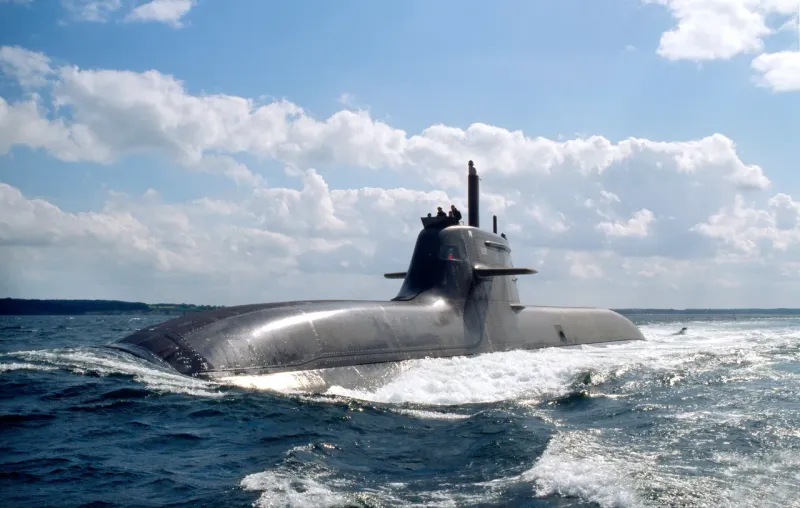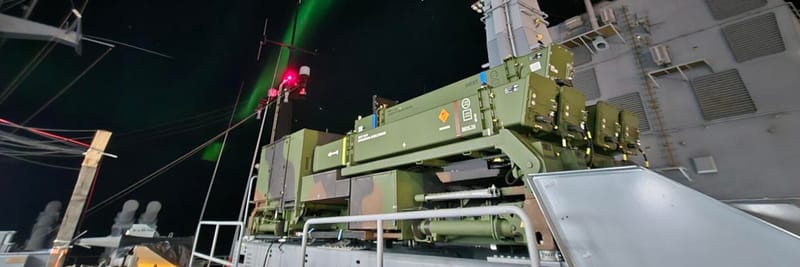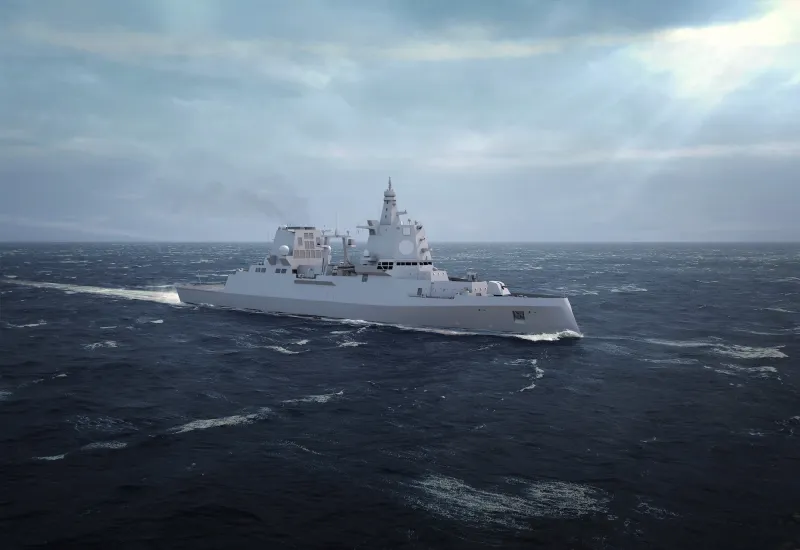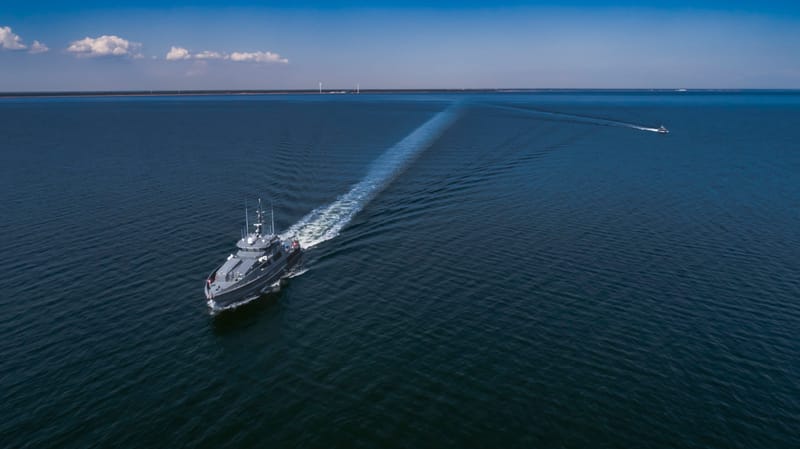Ukraine Magura V5 Drone Downs Russian Su-30 in First Sea-to-Air Kill
Ukrainian forces reportedly shot down a Russian Su-30 multirole fighter jet using a missile launched from a remotely operated MAGURA V5 naval drone over the Black Sea—marking a historic first. An overview of the incident and all confirmed MAGURA V5 drone strikes from 2023 to 2025.
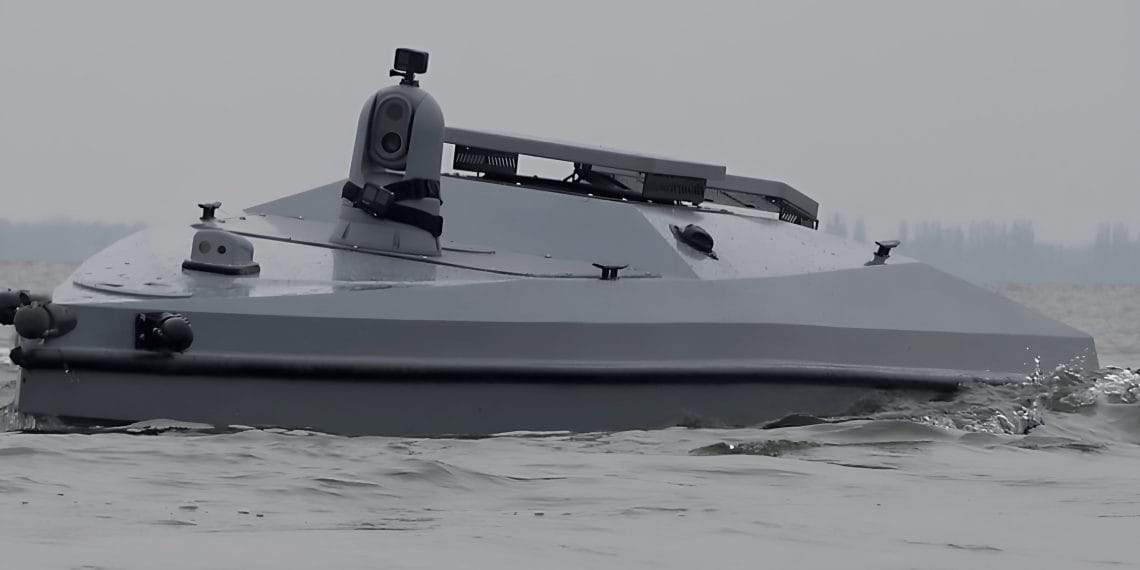

Sea-Based Air Denial: MAGURA V5 Drone Shoots Down Russian Su-30 Fighter
May 2, 2025 | Novorossiysk, Black Sea — In a world-first strike, a Ukrainian MAGURA V5 naval drone reportedly shot down a Russian Su-30 fighter jet using an R-73 infrared-guided missile—marking the first confirmed instance of a crewed military fighter jet being destroyed by a missile launched from an unmanned surface vessel (USV).
According to Ukraine’s Main Directorate of Intelligence (HUR), the operation was conducted by Group 13, a special operations unit, near the Russian port of Novorossiysk—one of the Black Sea Fleet’s most critical logistical hubs. The engagement signals a dramatic evolution in the offensive capabilities of naval drones, expanding their role from reconnaissance and strike to mobile air denial.
💥🛩️ On May 2, 2025, Ukraine’s Defence Intelligence (HUR MO) special unit Group 13, in coordination with the SBU and Defense Forces, destroyed a Russian Su-30 fighter jet using a Magura maritime drone. This marks the first time in history a combat aircraft has been taken down by… https://t.co/ipoPhMhOa8 pic.twitter.com/pYTEX48jNs
— Special Kherson Cat 🐈🇺🇦 (@bayraktar_1love) May 3, 2025
Magura V5 Opens a New Front: Air-to-Air Capability in Naval Drone Warfare
The Magura V5, developed domestically in Ukraine, is traditionally used for kamikaze or reconnaissance roles. However, the adaptation of the platform to carry air-to-air missiles—reportedly R-73 short-range infrared-guided missiles in this case—represents a major leap in offensive capability. The successful destruction of the $50 million Su-30 aircraft suggests a new operational paradigm: naval drones as mobile, low-observable air defense platforms.
MAGURA V5 Naval Drone: Technical Profile & Confirmed Strike History
Cruising Speed
40 km/h (combat up to 78 km/h)
Operational Range
800+ km (extended via satellite relay)
Explosive Payload
Up to 320 kg
Sensor Suite
GPS, IR camera, inertial nav, optical targeting
Autonomy
AI-guided with GPS-denied redundancy
Control Systems
Radio link (900 MHz–5.8 GHz) + satellite
Construction
Low-RCS composite hull, radar-absorbent coatings
Operational Duration
Up to 60 hours on battery
Unit Cost (Est.)
$250,000 per system
Confirmed MAGURA V5 Drone Strikes (2023–2025)
10 Nov 2023 – Serna & Akula-Class
MAGURA V5 drones destroyed two Russian landing crafts docked at a naval base in Chornomorske, western Crimea.
1 Feb 2024 – Ivanovets Corvette
Multiple MAGURA V5 drones struck and sank the Russian missile corvette *Ivanovets* near Lake Donuzlav, Crimea.
14 Feb 2024 – Caesar Kunikov
The *Caesar Kunikov* was attacked and sunk off the coast of Alupka by MAGURA V5 drones operated by Ukraine’s GUR.
5 Mar 2024 – Sergey Kotov
The Russian patrol ship *Sergey Kotov* was sunk by MAGURA V5 drones near the Kerch Strait, Crimea.
30 May 2024 – KC-701 Tuna-Class
Ukrainian intelligence reported the destruction of two KC-701 Tuna-class boats using MAGURA V5s near occupied Crimea.
10 Aug 2024 – KS-701 Tunets
A Russian KS-701 Tunets high-speed boat was destroyed by a MAGURA V5 drone in the waters near Chornomorske.
31 Dec 2024 – Mi-8 Helicopter
A MAGURA V5 modified with an R-73 air-to-air missile shot down a Russian Mi-8 helicopter near Cape Tarkhankut and damaged another.
2 May 2025 – Su-30 Fighter Jet
A world-first: a MAGURA V5 naval drone downed a Russian Su-30 fighter near Novorossiysk using an R-73 missile.
➤ Sources: Ukraine MoD, OSINT, X , dev.ua, YouTube, Großwald, Veilmark Research Desk
Strategic and Tactical Implications
While unmanned aerial systems (UAS) have dominated recent innovations in asymmetric conflict, this incident suggests Ukraine is now extending air denial into the maritime domain using a hybrid of anti-air and naval drone technologies. The target—an Su-30, a capable multirole aircraft—implies a level of sophistication in both tracking and engagement.
Geolocation of the incident places the strike well within Russian-claimed waters, challenging Moscow’s perception of rear-area security in the Black Sea and expanding the envelope of threat reach for Ukraine’s drone fleet.
Russian Response and Confirmation Pending
As of publication, Russian authorities have not confirmed the loss of the Su-30. However, Ukrainian defense intelligence (GUR) publicly claimed responsibility, supported by geolocated footage and corroborative reports from multiple open-source intelligence (OSINT) channels. Verification from independent third-party observers remains pending.
Related Context: Evolution of Naval Drone Warfare
The May 2 strike marks a significant escalation in the offensive role of unmanned maritime systems. As outlined in our Sea Warfare 2.0 analysis, Ukraine’s MAGURA V5 has already redefined naval engagements through high-speed strikes and modular payloads. This latest operation introduces a new dimension: air denial from the sea, with air-to-air missiles launched from unmanned surface vessels.
What was once a reconnaissance and strike platform is now a mobile, low-observable air defense asset. AI-enabled naval drones are beginning to contest airspace from the surface, exposing rear-area assets once thought secure.



